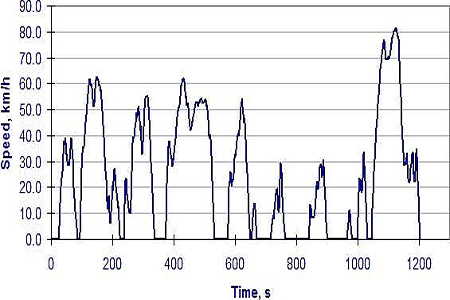Originally Posted By: Shannow
Now you agree with Hatt, so what is it?
But that's CLEARLY not the same as what you are now claiming, which is the use of 0W20 if, and only if 0W16 is not available, and MUST be changed back at next OCI.
Originally Posted By: billt460
"Recommended viscosity: SAE 0W-16
SAE 0W-16 is the best choice for
good fuel economy and good starting
in cold weather.
If SAE 0W-16 is not available, SAE
0W-20 oil may be used. However,
it must be replaced with SAE 0W-
16 at the next oil change."
The "must be replaces with 0W-16" statement is made by Toyota in the OM. Only reason they say that is because they've promised to push the use of the thinnest oil possible to certain markets.
Now you agree with Hatt, so what is it?
But that's CLEARLY not the same as what you are now claiming, which is the use of 0W20 if, and only if 0W16 is not available, and MUST be changed back at next OCI.
Originally Posted By: billt460
"Recommended viscosity: SAE 0W-16
SAE 0W-16 is the best choice for
good fuel economy and good starting
in cold weather.
If SAE 0W-16 is not available, SAE
0W-20 oil may be used. However,
it must be replaced with SAE 0W-
16 at the next oil change."
The "must be replaces with 0W-16" statement is made by Toyota in the OM. Only reason they say that is because they've promised to push the use of the thinnest oil possible to certain markets.






